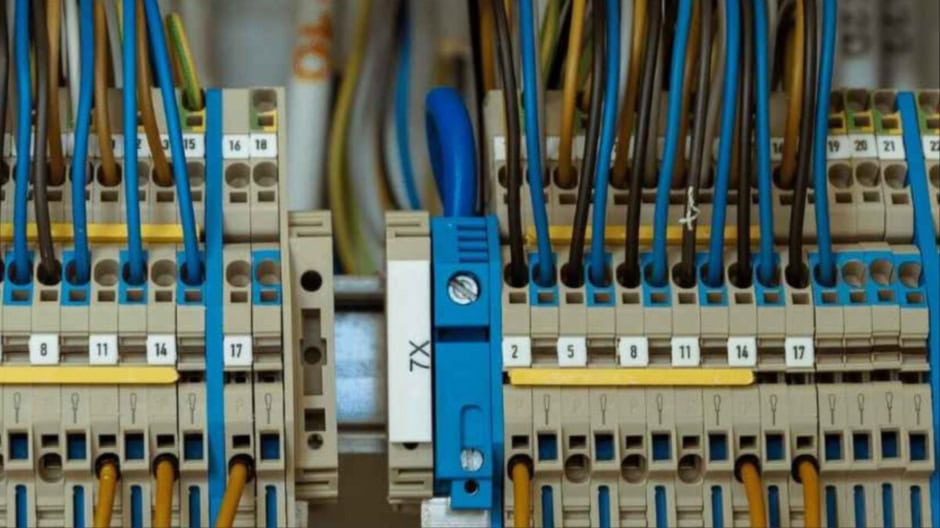PTA Introduces Outside Plant Code and In-Building Cabling Standards in Pakistan

ISLAMABAD: The Pakistan Telecommunication Authority (PTA) has initiated the development of unified Outside Plant Code and In-Building Cabling Standards in Pakistan to enhance the compatibility, reliability, and scalability of the country’s telecommunication infrastructure.
According to the PTA, the growing complexity of telecommunication networks, combined with the need for sustainable and safe installations, calls for a modern framework that integrates both outside plant (OSP) and in-building cabling systems. The authority has begun a consultation process on a draft framework aimed at establishing these standards.
The PTA emphasized that the rapid evolution of telecommunications and data networks requires robust standards. Outside Plant (OSP) refers to infrastructure that connects central telecom facilities to end users, including underground conduits, aerial cables, and fiber optics. In contrast, In-Building Cabling ensures seamless internal connectivity for voice, data, and video services through structured cabling systems.
The objectives of this initiative include the creation of unified installation guidelines, alignment with international standards, and the integration of safety and environmental protections. PTA also aims to ensure these systems are scalable for future advancements and can support smart buildings, high-speed internet, and the increasing demand from IoT devices.
As part of this effort, the PTA has prepared a draft Outside Plant Code (OPC-2025), which outlines design and installation standards for telecommunications infrastructure. This includes specifications for ducts, cables, manholes, handholes, cabinets, and related components. The code covers trenching, cable placement, underground installation, testing, and quality assurance. It also outlines safety protocols and environmental protections, and promotes infrastructure sharing among stakeholders.
The OPC-2025 will apply to all new OSP installations, including those alongside roads, footpaths, and railway tracks, as well as any reconstruction projects. While the code provides technical guidance, it does not override the authority of other regulatory bodies; all installations must still adhere to jurisdictional requirements set by local or national authorities.
For in-building infrastructure, the new standards will cover the design, installation, and maintenance of telecommunications systems in public and private buildings with a floor area of 1,500 square meters or more. These standards are intended to guide consultants, developers, contractors, and building owners in adopting global best practices for fiber and cellular services, ensuring resilient and future-ready infrastructure.
In support of this initiative, PTA reviewed the “Digital Connectivity Infrastructure” (DCI) document submitted by its licensees, M/s Nayatel and M/s PTCL, to the Pakistan Engineering Council (PEC) in 2024. The document proposes standards for in-building telecommunications cabling and has been evaluated for compliance with Clause 7.3 of the Telecom Policy 2015.
Through the Outside Plant Code and In-Building Cabling Standards in Pakistan, the PTA seeks to establish a consistent, scalable framework for digital infrastructure development, inviting input from telecommunication providers, engineers, architects, contractors, and end-users to shape its final version.
Sharing clear, practical insights on tech, lifestyle, and business. Always curious and eager to connect with readers.


 3 min read
3 min read
















